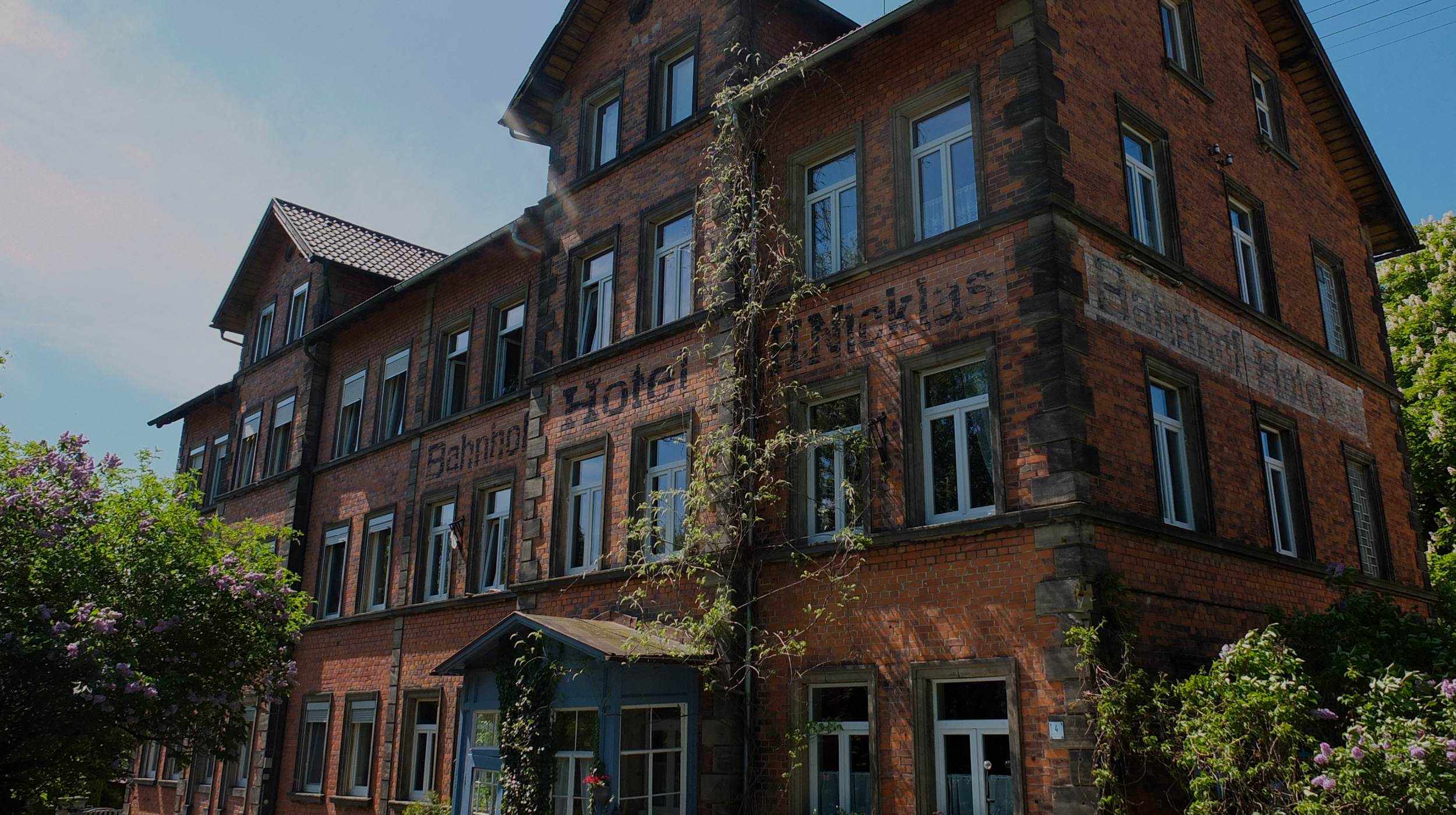
What began in 1835 with the "Adler" between Nuremberg and Fürth, ended 142 years later: in October 1977 the last steam locomotives were withdrawn from service. The era of the "Black Giants of the Rail" drew to a close at the Deutsche Bundesbahn.
Join us on a journey through time to explore the history of the "Schiefe Ebene", the railway village of Neuenmarkt and our museum.
Neuenmarkt and Hegnabrunn are first mentioned in a document.
Neuenmarkt becomes part of the Prussian territory.
After a war with Prussia and an arrangement of the Treaty of Paris, Neuenmarkt becomes part of the Kingdom of Bavaria.

Between Nuremberg and Fürth, the first steam locomotive travels through Germany. The success of the privately owned line inspires further plans like connecting the trade fair cities of Nuremberg and Leipzig. This ultimately leads to the construction of the 566 kilometers long Ludwig South-North railway from Lindau, via Augsburg and Nuremberg, to Hof and further to the north.

On January 14, 1841, Bavaria contracts with the Kingdom of Saxony and the Duchy of Saxony-Altenburg to build a railway line from Leipzig to Nuremberg with a border crossing in Hof. The routing required a way to overcome the height difference between the Maintal and the plateau between the Fichtel Mountains and the Franconian Forest.
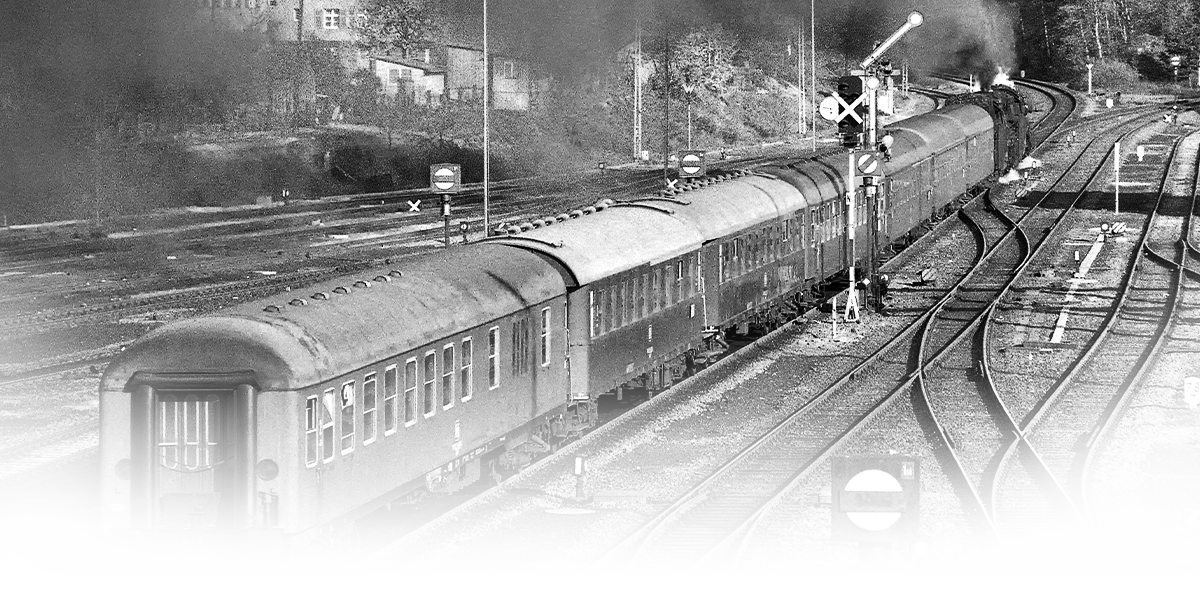
On October 15, 1846, the Ludwig South-North railway reaches Neuenmarkt. Up to that point, the railway merely had to overcome slight inclines for the last 74.4 kilometers from Bamberg. The next seven kilometers, however, are a real challenge.

The construction of the Ludwig South-North railway and the "Schiefe Ebene" leads to the construction of a motive power depot in Neuenmarkt which generates many jobs and transforms Neuenmarkt to a railway town.

On November 1, 1848, the day has come: the 52.9 kilometer section to Hof is operational. It includes the toughest challenge of the whole line: the "Schiefe Ebene", where an altitude of 157.7 meters has to be overcome over a distance of 7 kilometers before reaching Marktschorgast.
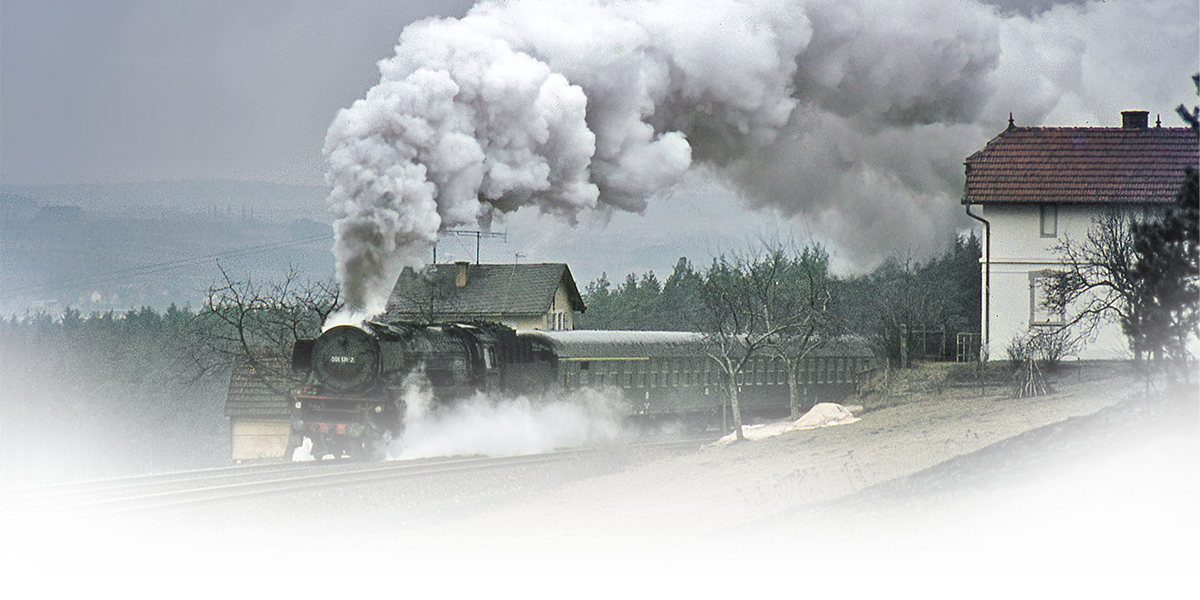
To allow more trains to use the line, a block post has been built after 77.9 kilometers. If a train has already passed the block post, the guard switches the signal to "Stop!". This way, a train waiting in Neuenmarkt can already depart, leading to a way more efficient coordination.

Not only does the railway provide new jobs, but it also leads to important institutions. In 1899, Neuenmarkt is connected to the water supply line of the city of Kulmbach. A doctor and a pharmacist settled down and Neuenmarkt received an own police station and a post office. Trade and craft is established and in 1900 the station hotel is officially opened.

The construction of the protestant and the catholic churches is supported by the railway (railway churches).

On December 27, 1944, a grave railway accident takes place when a military train leaves the rails at Neuenmarkt station. On the decline between Marktschorgast and Neuenmarkt, the brakes malfunction. The stoker, the engine driver and a corporal are killed in the accident. Additionally, multiple people were lightly and seriously injured. To this day, it is the worst accident at the "Schiefe Ebene".
On April 1, 1971 Neuenmarkt and Hegnabrunn merge to form the municipality of Neuenmarkt.

On January 11, 1975, the last passenger train officially scheduled to be hauled by a steam locomotive passes the "Schiefe Ebene". In June 1973, the last exemplars of the 01 class had already been withdrawn. Their final journeys had led to the "Schiefe Ebene" becoming a site of pilgrimage for railfans. In the same year, the motive power depot of Neuenmarkt (which at the end had merely been an outpost) is permanently closed.

In 1974, the entrepreneur Günter Knauß starts buying steam locomotives from the Deutsche Bahn. In Neuenmarkt, he finds a location to house his exhibits and is met with support from the local community as well as opportunities for funding. This ultimately leads to the founding of the German Steam Locomotive Museum, which opens its gates on July 22, 1977.
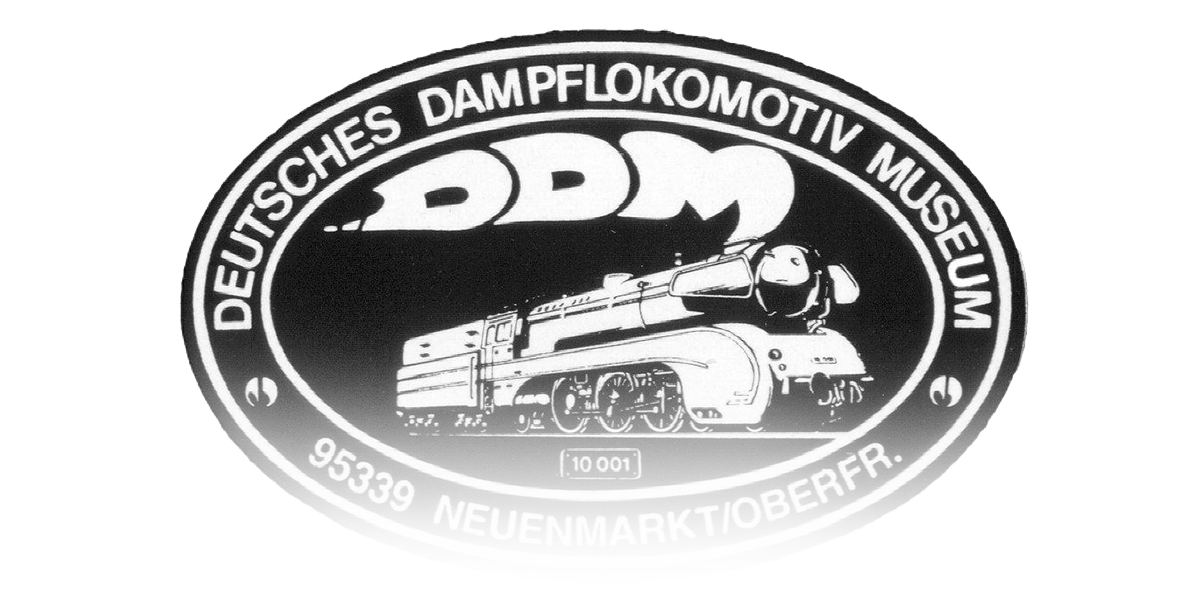
The growing importance of the museum soon requires a wider range of sponsors. The administration union "Deutsches Dampflokomotiv Museum" established in 1984 enables the expansion of the museum, the acquisition of exhibits and the professionalisation of the museum work.

A special attraction is created in 1996: a model railway layout on a scale of 1:87, made by master constructor Joseph Brandel, shows the "Schiefe Ebene" with its most important sections at the time around 1966.

Another important step to complete the museum has been taken: the area of the former coaling station is acquired and mostly reconstructed. From now on, steam locomotives can once again be supplied and maintained at the museum.

The next big investment of the museum is complete. The museum's development concept (MEK) 2013 includes an comprehensive reconception of the whole museum, especially focussing on museum education. Among other improvements, new media stations assist in understanding and experiencing the technology and functionality of a steam locomotive.
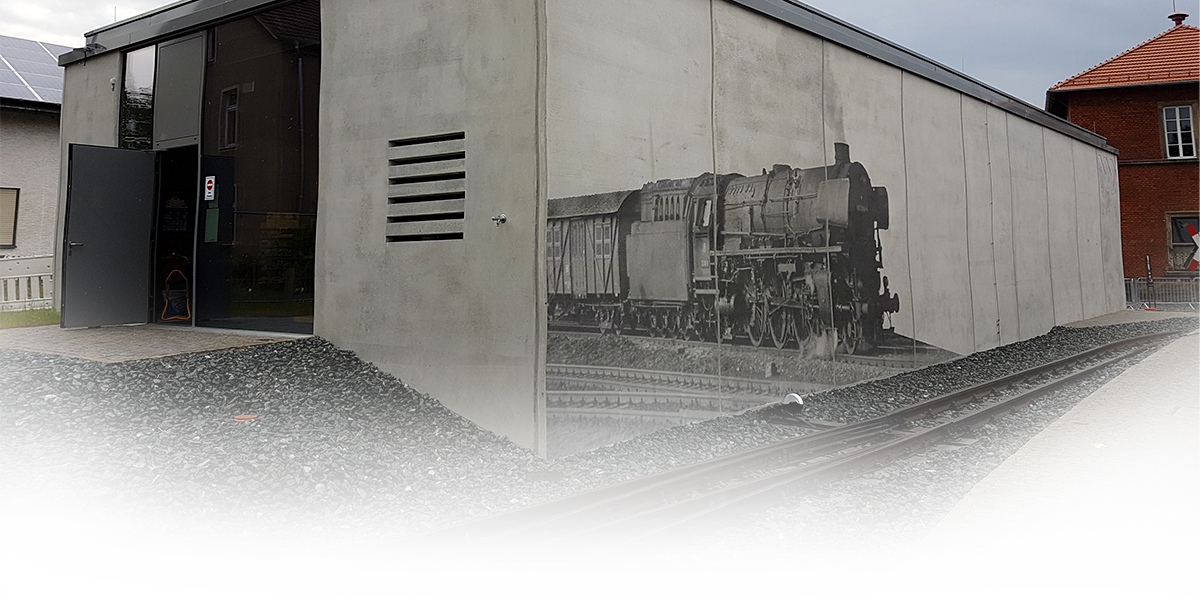
For the time being, the development concept (MEK) 2020 is the final step in the development of the museum. A new entrance building with the running gear of the 01 1080, the renovation of the railway tracks, a rework of the model railway, an additional part of the exhibition about the "Schiefe Ebene" as well as an improvement of the musem education concept are among the measures of the new concept. Furthermore, the station building is acquired and renovated.
During the Pentecost steam days, the reworked model railway layout, the newly designed exhibition "Schiefe Ebene" and the join-in stations (LokLab) are commissioned for the first time.
